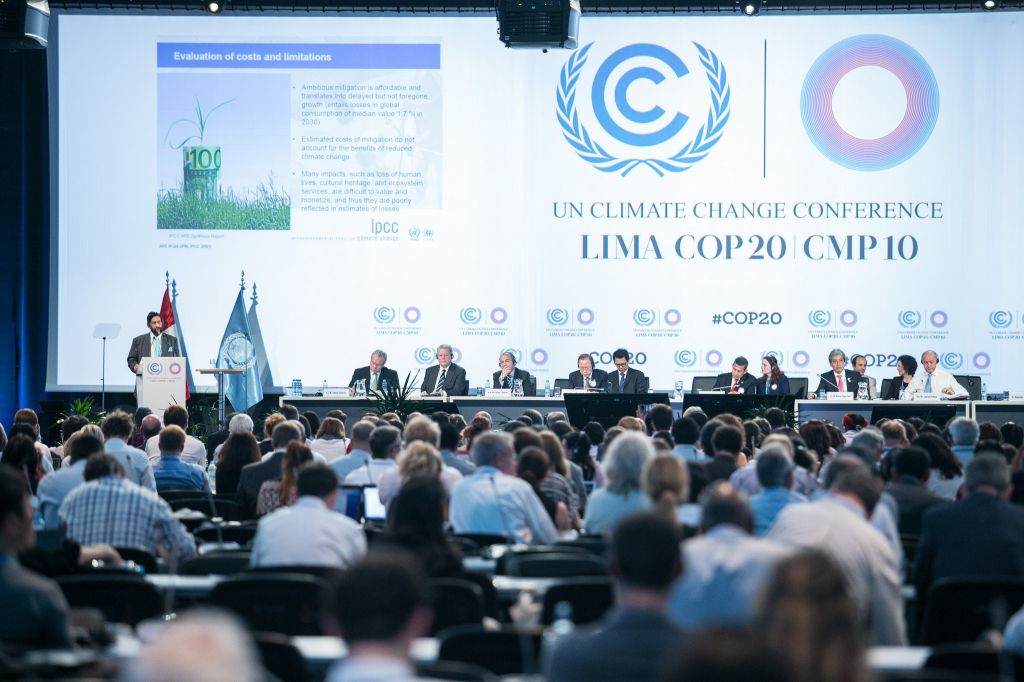December 14, 2014 – Two weeks of meetings in Lima, Peru have ended with 190 countries coming to agreement to address climate change on a nation-by-nation basis. Called Intended Nationally Determined Contributions (INDCs) they will form the foundation for climate action from 2020 onward. Prior to the 2020 date, countries are being held to no specific objectives other than those agreed to prior to Lima. So, for example, Canada, which withdrew from its commitments to Kyoto, has no obligation to meet any of its greenhouse gas (GHG) reduction targets. And the United States, who never ratified Kyoto has no obligation other than the conviction of President Obama and executive action being directed through the Environment Protection Agency.
Going into the Lima meeting it was apparent that the United States and China had both brought a ray of optimism in their recent announced agreement. But cooperation between the two superpowers didn’t translate into collective agreement elsewhere. The same fights between Developed and Developing countries were raised. The Developed countries wanted the focus to be on emission cuts. The Developing countries wanted financial support to implement GHG reduction strategies and offset the losses and damages they were already experiencing from climate change.
Nations would not agree to compare individual state goals with other nations’ goals. They couldn’t even agree on a commitment to share GHG emission statistics, but rather made this a choice they could exercise or not.
Prior to the conference start the United Nations weather agency had stated that 2014 was with a month to go trending to be the hottest year ever on record. So no one was in a mood to argue about the science and evidence of climate change. In itself this may be considered progress of sorts.
So what did they actually agree to at Lima?
- Pledges to capitalize a Green Climate Fund (GCF) beginning with an initial $10 billion USD budget and agreement to add to the amount by the meeting in Paris.
- A new assessment process on GHG emission reductions and climate change mitigation strategies leading to National Adaptation Plans (NAPs) with greater transparency.
- Commitment by national governments to teach climate change in schools and to create public climate awareness through national government communication initiatives.
- A work program to study damage brought upon by climate change particularly in countries most vulnerable looking at human migration and displacement.
- The launch of a new portal called the Nazca Climate Action Portal to be an aggregator of information and action by non-state, individuals and governments in addressing the challenges of climate change.
- Support to address deforestation through international funding initiatives, one of which is the Reduced Emissions from Deforestation and Forest Degradation (REDD+).
- Organization of a fair to showcase national and non-state actor policies and strategies to accelerate pre-2020 climate action.
- Formation of a Lima-Paris Action Agenda to prepare for the upcoming September 2015 climate summit.












